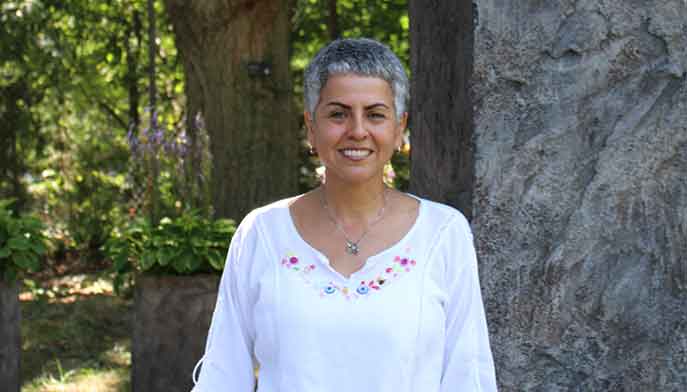FairfieldNews
Fairfield News in Your Inbox
Questions for Us?
Contact our Public Relations Team

2024 was a year of remarkable achievements and growth for Fairfield University, marked by record-breaking admissions, groundbreaking research, and student success. From new academic initiatives to community outreach and innovative programs, Fairfield’s commitment to excellence continued to resonate throughout its campus and across the globe. Here's a look at some of the highlights that defined this transformative year.
What I value most about my Fairfield education has always been the emphasis on service to others, it rang true to my own beliefs and nurtured that part of me.”

Contact our Public Relations Team
